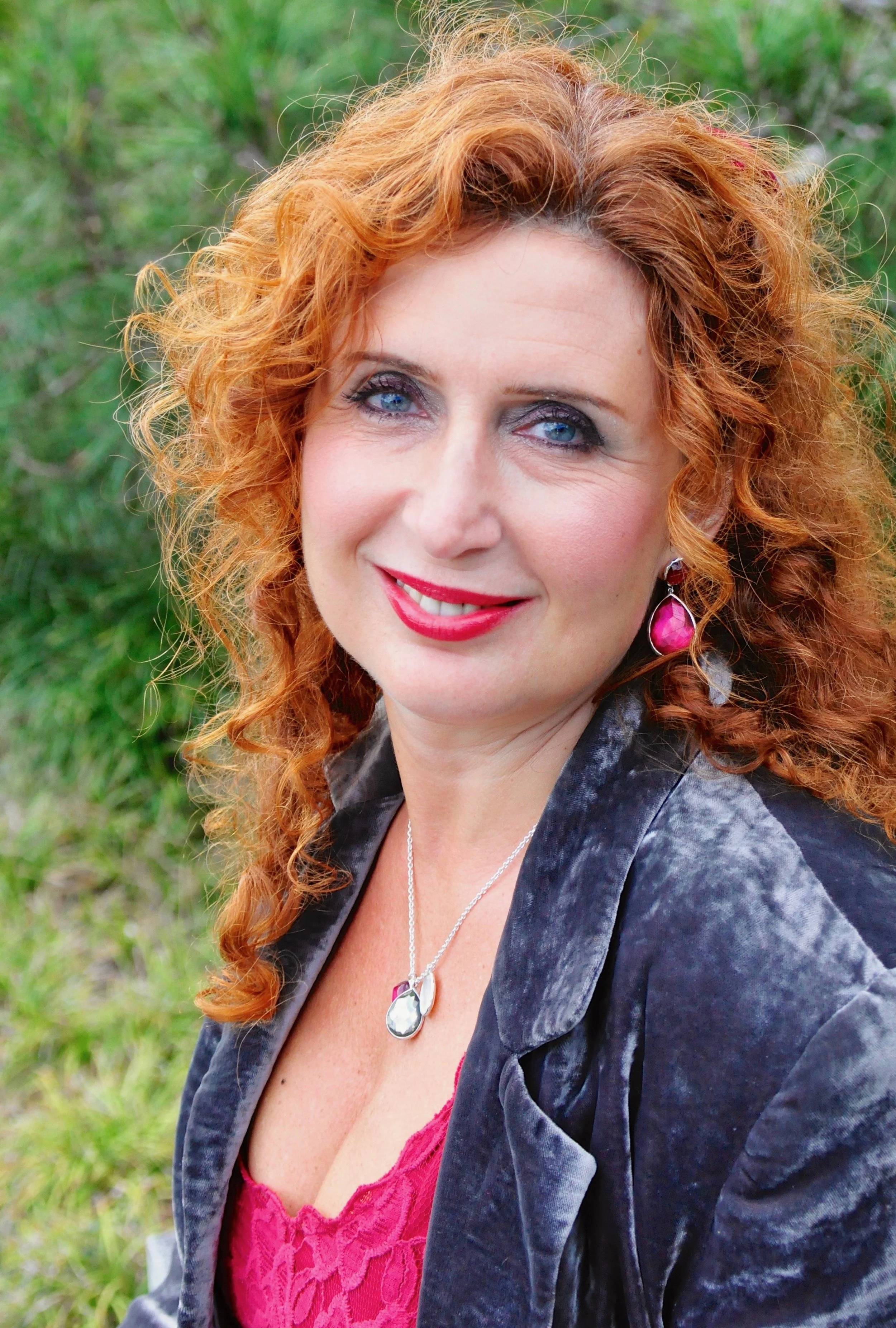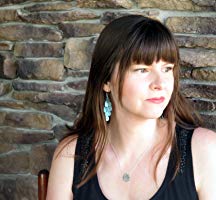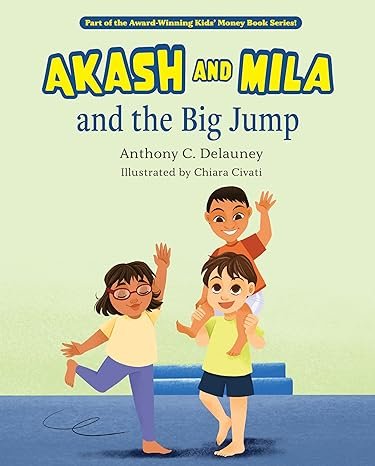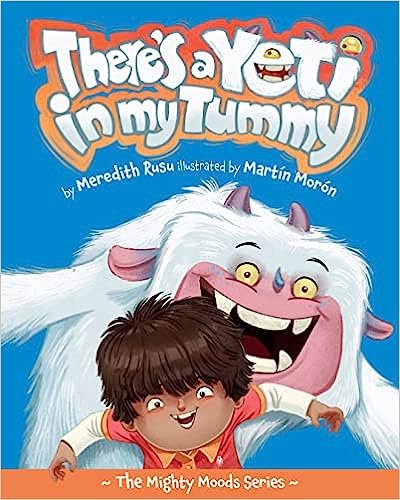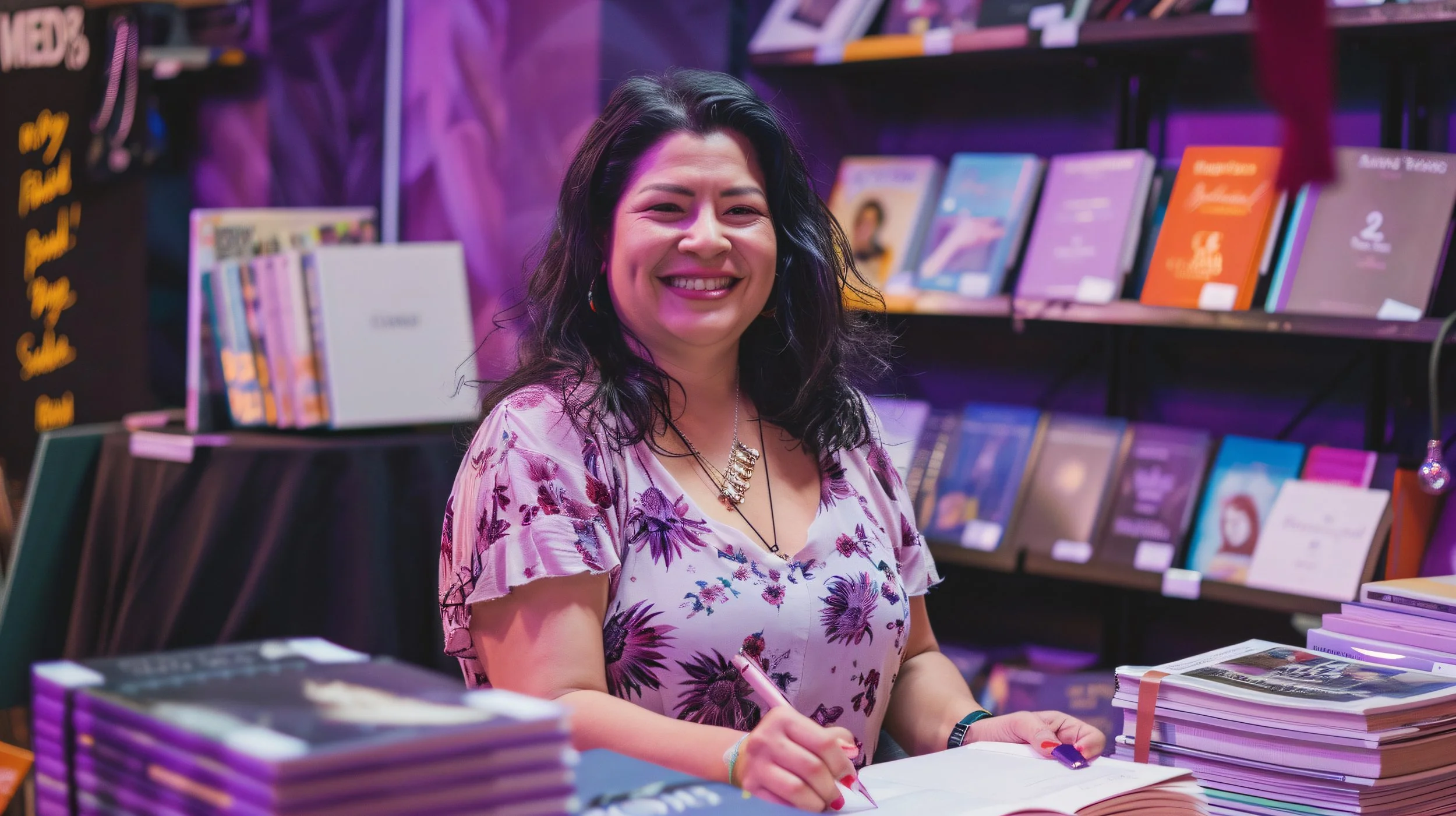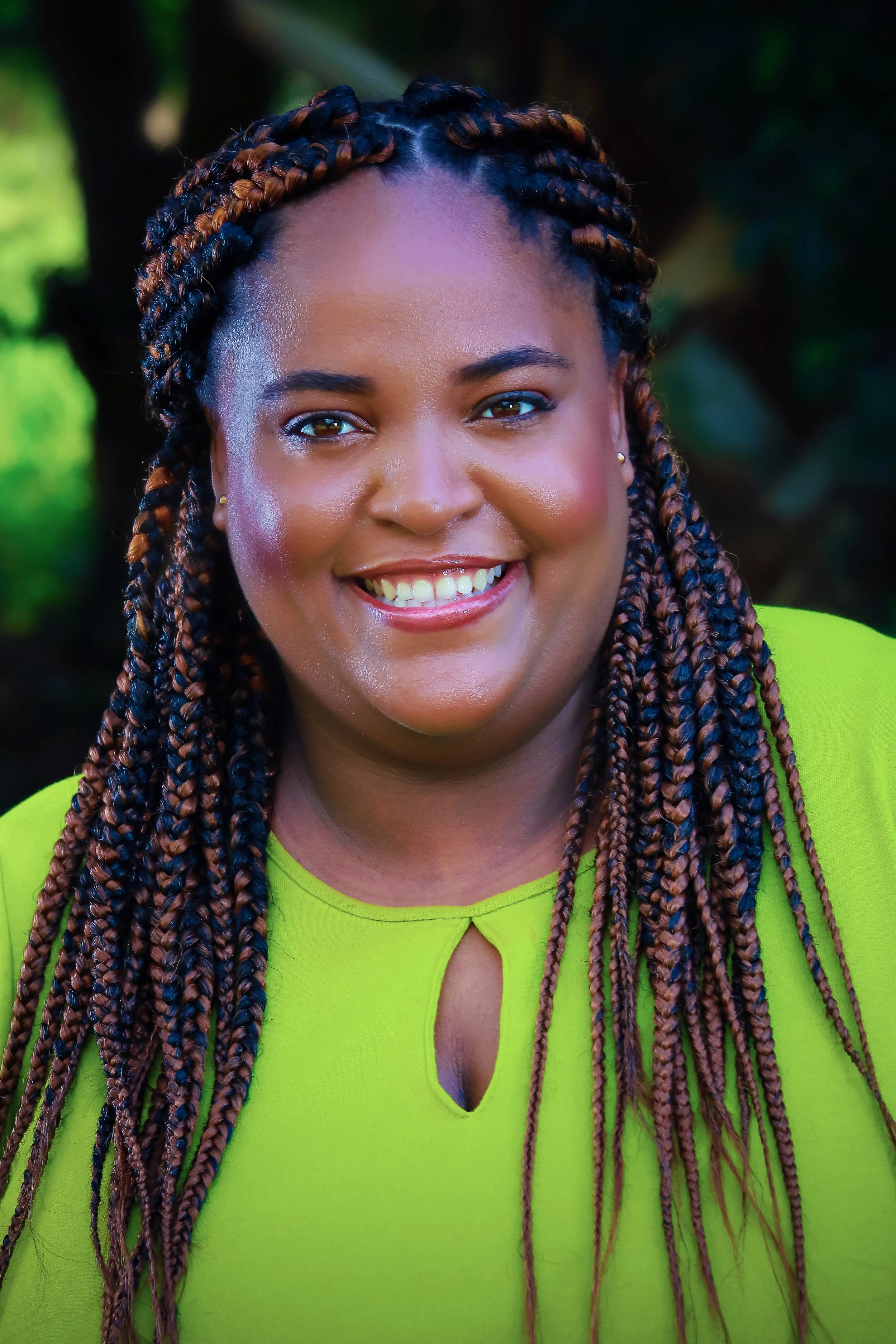Your last epic love story began with The Bronze Horseman, which you published in 2001. Why have you waited so long to go back to this type of story?
I will admit that after The Bronze Horseman I wondered whether or not I would ever write another book. I honestly thought there was nothing left in me to write about. Then I began the second book in the saga.
And then I had another idea, and another...
In 2014, I had an idea for a story about lost love and one man’s desperate search and an adventure to make things right, to get a second chance, to try again.
The story got bigger and bigger. I didn’t realize at first it was going to be this huge. But after about a year of writing and thinking about it, I knew. It just kept growing.
Without giving anything away it’s fair to say that The Tiger Catcher has some mystical elements. You’ve been writing for twenty-five years, why enter this realm now?
I can’t say it was an intentional move. The fact is that, for me, this story came from the same place that all my others have come. I simply had an idea. In this case, the idea was about a man who loved a woman so much he bridged time and space to find her.
The book also delves deeply into historical London, how did you do your research for that? How did you select the time periods in which to base your story?
I lived and worked in London from 1984 to 1990, so I always felt a real connection to the city. And, of course, literature makes it hard not to have a sense of the history of London. There’s Shakespeare, Dickens, the romantic poets. As a child, the worlds of David Copperfield, Oliver Twist, and Sherlock Holmes were as real to me as my own. For me, the history of London feels like the history of Western civilization AND of my life.
As for research, living there helped. And I have been back many times since I left.
I’ll admit I was a bit jealous of my daughter’s favorite writer, Cassandra Claire, who is an American but lived in London for many months while she was working on her 19th century supernatural stories set in England. I wish I could do that. Maybe when the kids are all out of the house.
The time periods were an organic process that evolved from the story, itself. Where were Julian and Josephine in the narrative of their love affair? What stage was the progress of their souls? Where did they begin, where were they going, where did they need to be? And so each part of their story informed the next part, and the next. It was almost as if they, themselves, chose the settings for their adventures.
You’ve published at least five books in your Bronze Horseman saga (not including a memoir and a cookbook), yet you published those novels over fifteen years. The End of Forever books will all be publishing in a single year. How did that come about? Why such a different publishing approach?
The Bronze Horseman saga grew over a number of years. For me, it started back in 1996, with an image of a soldier and a young woman walking through night-time war-torn Leningrad. They were desperately in love, and they were starving. I saw them, and that image carried me for years, past writing and publishing Eleven Hours, my third book; and past a trip to Russia, and the writing of my non-fiction memoir Six Days in Leningrad. Finally, in 1999, I wrote The Bronze Horseman. I thought I was done, but the story wasn’t done with me. I kept coming back to it over the years, new stories kept popping up, I kept writing, and writing. Over twenty years, a million and a half words came from that original wordless image of a soldier and his beloved.
The End of Forever trilogy was different from any books I’d previously written because the entire story arc came to me all at once in one two-hour sitting. It wasn’t an acorn, it was an entire oak. I didn’t realize how big an oak it was until I finished the first book and saw that I had barely scratched the surface of the story, maybe planted the roots and tilled the soil. In total, I spent five years planning, writing, and then polishing these books.
But, the fact that we had all three books finished — and we didn’t have to wait a year or three for me to conclude the story — allowed my publishers to come up with this creative publishing approach. They wanted to tap into the way we as a culture consume our entertainment. We binge on it. We want it all, and we want it now. It wasn’t always the case, but it is the case today.
The Tiger Catcher is billed as the first book in a trilogy. What can readers expect from books 2 and 3, A Beggar’s Kingdom and Inexpressible Island?
The Tiger Catcher is the first step in an odyssey. The book tells the story of Julian and falling in love, and it’s the story of how we deal with loss and how far we’ll go to save the ones we love. All I can say about the next two books is that there is a lot more story to tell.
Usually your readers have to wait at least two years for a new book from you, and now they will be getting three books in a single year. Have you thought about what’s next?
Yes and no. On the one hand, it’s hard to imagine starting something new since I have been in Julian’s world for five straight years. On the other hand, I started feeling the itch for my next book a year ago, and I have another three that I’m dying to get to.
You published your first novel, Tully, twenty-five years ago. Now, twelve novels later, the End of Forever books are a departure for you in terms of storytelling and publishing. Did you make a conscious decision to shake things up in your work and career?
I would like to say yes, that it was a considered choice, but the reality is that when an idea comes, it comes. And this was the story that came; it just happened to stay longer than most of the others. And the publishing evolved from the nature of the story itself, not the other way around. I can’t say that it won’t happen like this again, but I’ve given up making plans. Much of writing stories for me is a welcome surprise.
Can readers hope for more books in the Bronze Horseman saga? Or other stories with any of your other characters?
On the one hand, I keep saying no to more books in The Bronze Horseman saga, but on the other, I’m five books into the trilogy, that was originally intended to be a single book. I actually have an idea for another Bronze Horseman story, something I’m still toying with and thinking about.
I often think about the characters in my books and where they’ve ended up. Thus, I also have an idea for a story with Spencer O’Malley from Red Leaves and The Girl in Times Square. We’ll see.







